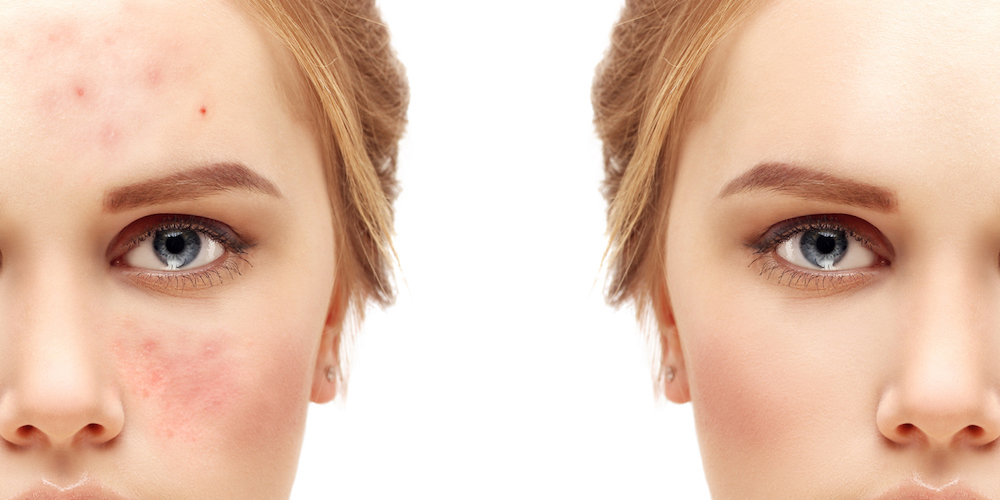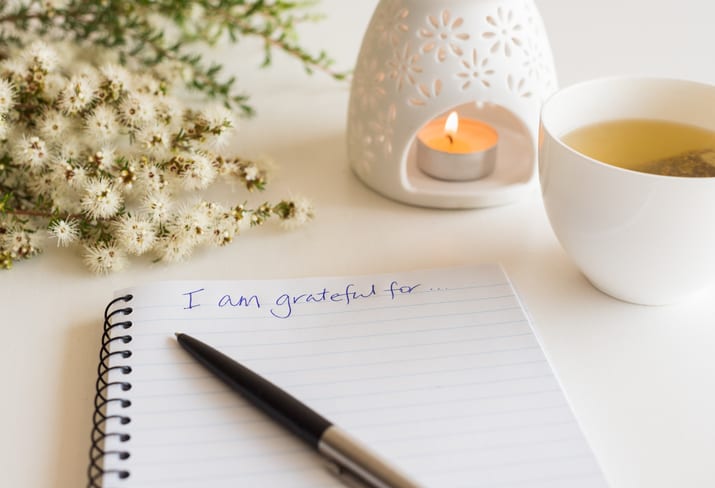Rosacea is a commonly misdiagnosed skin condition that affects 415 million people worldwide, and left untreated it can cause a range of problems.
It’s one thing to go a little pink in the cheeks when you’re exercising or embarrassed, but anything entirely to burn bright red at the drop of a hat. If you often experience a red face brought on by frequent blushing (also referred to as flushing) or skin sensitivity you may be affected by the common, and often misdiagnosed skin condition, rosacea. According to research by the University of Copenhagen 415 million people are affected by rosacea worldwide.
Flushing occurs when the body regulates temperature by dilating the blood vessels. It’s a normal response to things like eating spicy food, drinking hot drinks and going out in the sun. Usually, this process goes unnoticed, but in rosacea, there is an exaggerated response causing skin redness that can last anywhere from a few minutes to several hours. In its more advanced stages, there can also be pimply-like micro pustules and red gritty eyes. If left untreated it can also cause a condition called rhinophyma which is characterised by a bulbous, ruddy nose. Rosacea is sometimes misdiagnosed as dermatitis or acne. The most common telltale sign of rosacea is easy and severe blushing, and initially, the central areas of the face are affected.
Triggers
What causes rosacea is unclear, but if you are prone to flushing, persistent skin redness or broken capillaries the first step is to try and work out what is triggering it. Common triggers are stress, alcohol (particularly white wine and spirits), spicy foods, hot showers/baths, certain skincare.
Treatment
Once diagnosed by your healthcare practitioner, a variety of topical treatments are available. There are also some foods that may help to help reduce the symptoms including apple, watermelon, celery, spirulina, seaweeds, green tea, peppermint tea, fish and foods that use a lot of water in the cooking process like soups and broths.
If avoiding the usual triggers doesn’t help there are other factors that may be at play, such as the H.pylori bacteria that can live in the stomach lining which can be an issue for some people. These issues can be discussed with your healthcare practitioner.
Beauty routine
When it comes to skincare, soft and gentle is the best course of action. Choose a mild cleanser that is free of soap and sulphates. Only use tepid water, and gently pat your face dry. Opt for a mask instead of an exfoliator, scrub or peel that can further irritate the skin. Use a calming moisturizer and a sunscreen every day as UV exposure can worsen symptoms sunscreen. Many rosacea sufferers find mineral makeup is their best option.







